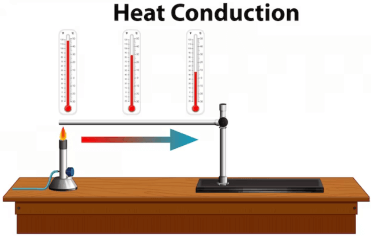Question
a.
True
b.
False
c.
May be True or False
d.
can't say
Posted under Electronics and Communication Engineering
Interact with the Community - Share Your Thoughts
Uncertain About the Answer? Seek Clarification Here.
Understand the Explanation? Include it Here.
Q. A series RC circuit has fixed XC, and variable R. The current locus is in the first quadrant.
Similar Questions
Explore Relevant Multiple Choice Questions (MCQs)
Q. One limitation of constant k filters is that Z0 is not constant in the pass band.
View solution
Q. The response to sinusoidal excitation can be found by
View solution
Q. The time constant of an R.C. circuit increases if the value of resistance is
View solution
Q. For an RC impedance function
View solution
Q. Assertion (A): In high Q circuits poles of Y(s) lie close to ω axis in complex frequency plane.
Reason (R): Q is inversely proportional to damping factor.
View solution
Q. If the ratio p(s)/q(s) represents a transfer function then
View solution
Q. The nodal method of circuit analysis is based on
View solution
Q. Pico-farad is equal to
View solution
Q. A network has only independent current sources and resistance. If values of all resistors are doubled, the values of node voltages
View solution
Q. In a R-L-C circuit at resonance is
View solution
Q. The zeros of a minimum phase function lie on
View solution
Q. A network contains only independent current source and resistors. If the values of all resistors are doubled, the value of the node voltage
View solution
Q. Which of the following statements is correct?
View solution
Q. Which of the following statements is correct?
View solution
Q. A sine wave of voltage varies from zero to maximum of 200V. How much is the voltage at the instant of 30° of the cycle?
View solution
Q. Force = Electric intensity x current.
View solution
Q. If Va1 = Va2 = 100 V and Va0 = 0, then Va, Vb, Vc are
View solution
Q. Assertion (A): A series RLC circuit resonates when excited by variable frequency source.
Reason (R): Resonant frequency is geometric mean of half power frequencies.
View solution
Q. For an RC driving point impedance function, the poles and zeros
View solution
Q. During discharging a capacitor through a resistance, voltages across R and C are equal in magnitude.
View solution
Recommended Subjects
Are you eager to expand your knowledge beyond Electronics and Communication Engineering? We've handpicked a range of related categories that you might find intriguing.
Click on the categories below to discover a wealth of MCQs and enrich your understanding of various subjects. Happy exploring!








